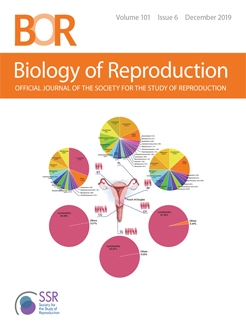In this work we reviewed 18 years of experience using fluorescence in situ hybridization (FISH) for sperm aneuploidy testing. We evaluated parameters associated with increased numerical sperm chromosome abnormalities and determined the male contribution to embryo aneploidies in terms of reproductive outcome by increased sperm aneuploidy. This retrospective study analyzed data from 2008 sperm samples of infertile males undergoing FISH analysis because of clinical history of repetitive implantation failure, recurrent miscarriage, impaired sperm parameters, or mixed causes. Sperm concentration was the only sperm parameter associated with FISH results—we observed a gradual increase of abnormal sperm FISH results in males with decreasing sperm concentration. However, a great proportion of normozoospermic males also showed increased sperm aneuploidies, suggesting that sperm parameters alone do not enable identification of a substantial proportion of infertile males at risk of sperm aneuploidies. Regarding reproductive outcomes, couples with normal sperm FISH results for the male had similar outcomes regardless of conventional in vitro fertilization (IVF), intracytoplasmic sperm injection (ICSI), or preimplantation genetic testing for aneuploidies (PGT-A). However, couples with abnormal sperm FISH results for the male showed better clinical outcomes after PGT-A, suggesting a potential contribution of sperm to embryo aneuploidy. Moreover, PGT-A cycles showed better clinical outcomes when 24 chromosomes were analyzed by array comparative genome hybridization (aCGH) or next-generation sequencing (NGS) instead of only nine chromosomes analyzed by FISH. In conclusion, sperm FISH analysis offers clinical prognostic value to evaluate reproductive possibilities in infertile couples. Therefore, couples with abnormal sperm FISH results should be offered genetic counseling and presented with clinical options such as PGT-A.
Summary Sentence
Fluorescent in situ hybridization analysis of sperm is a good clinical tool to identify males at risk of having sperm aneuploidies, which can be translated into clinical consequences such us infertility problems or genetic risk for offspring.





